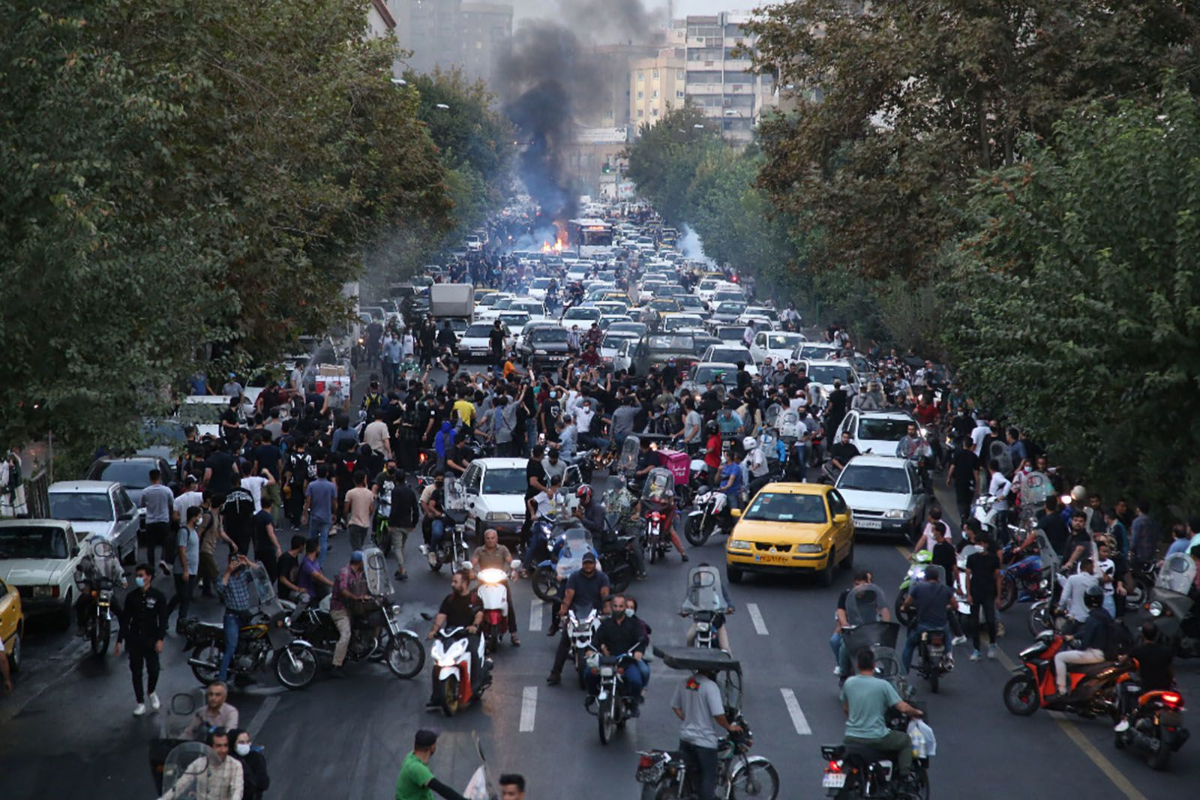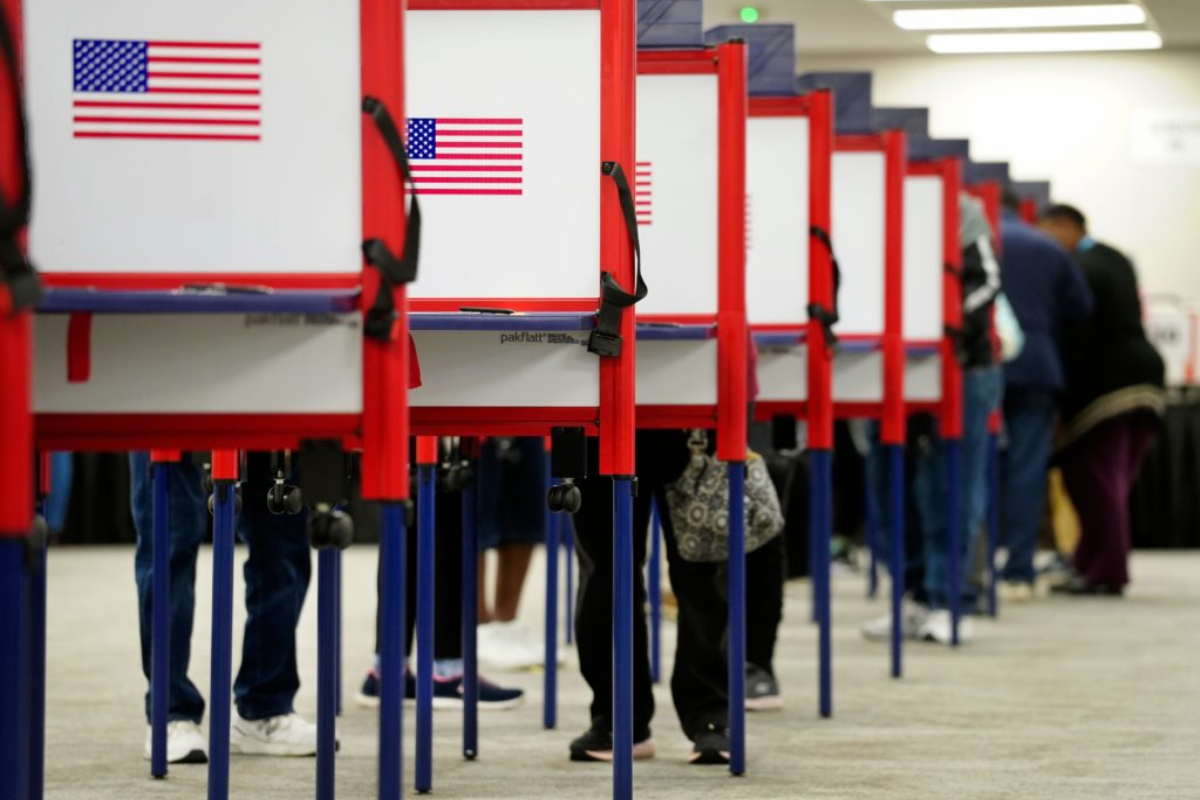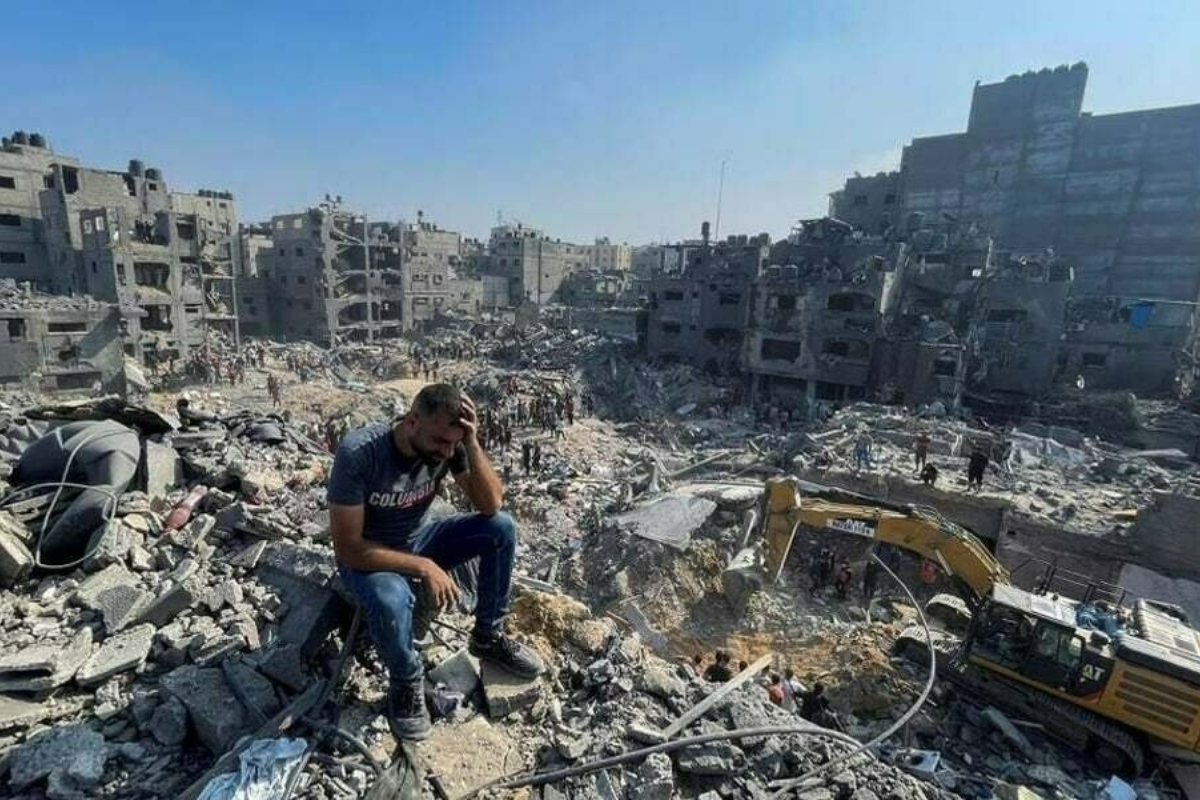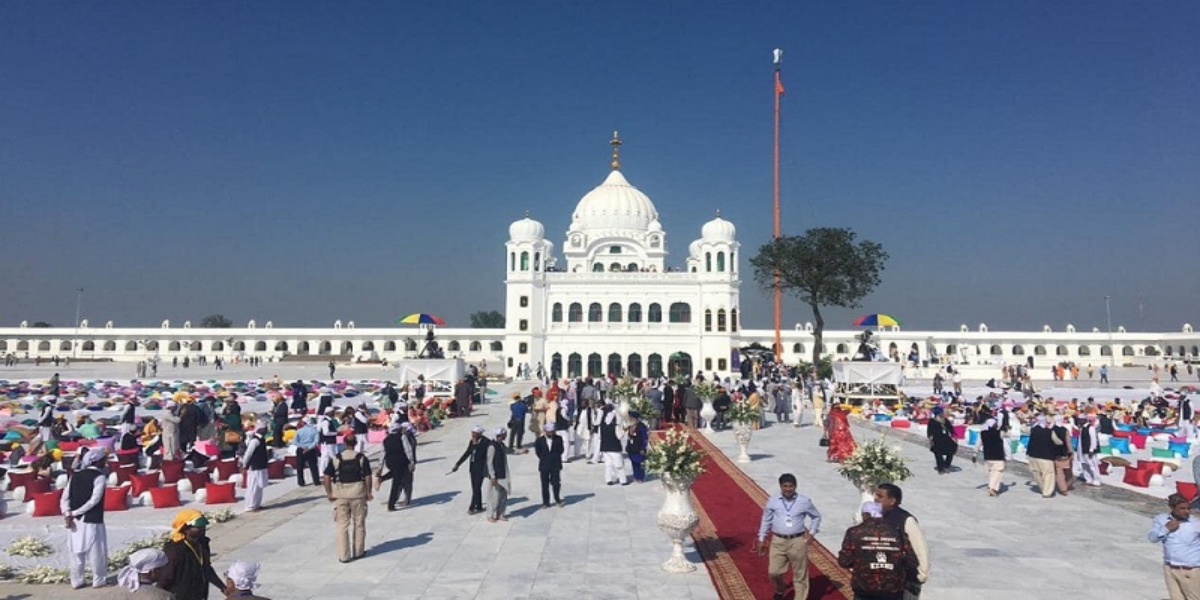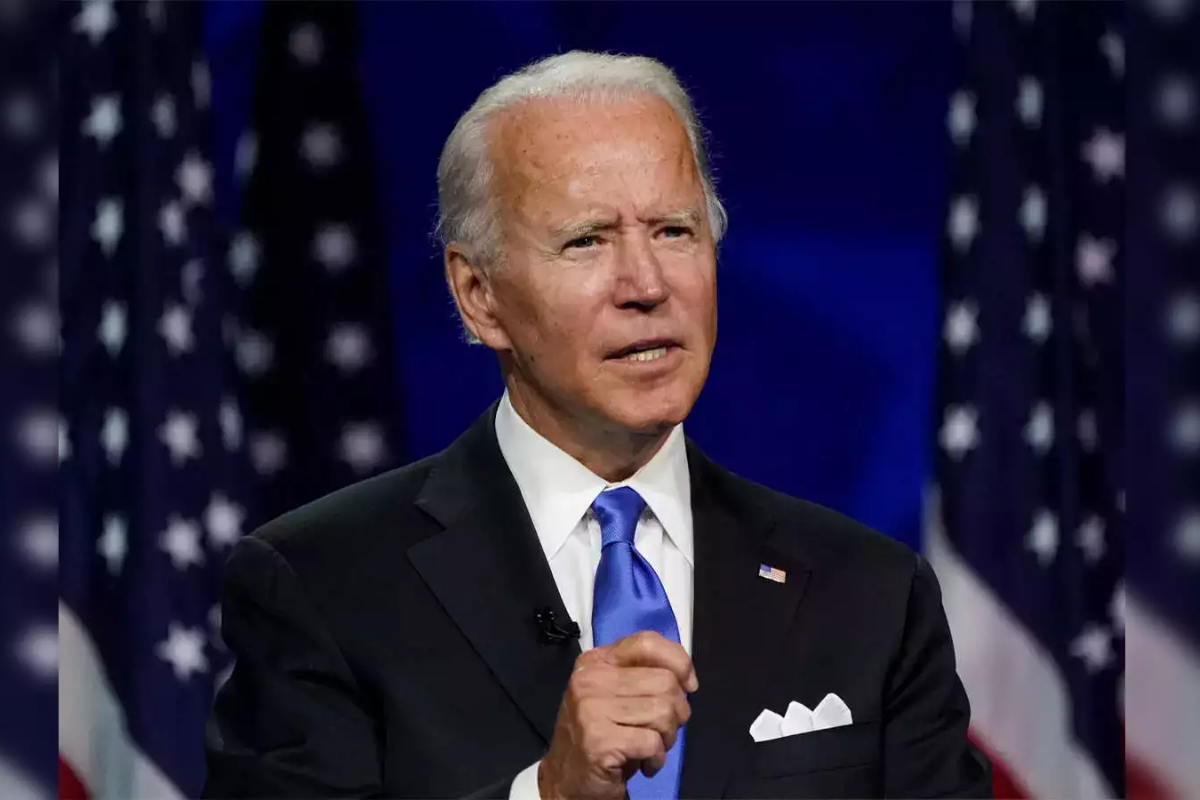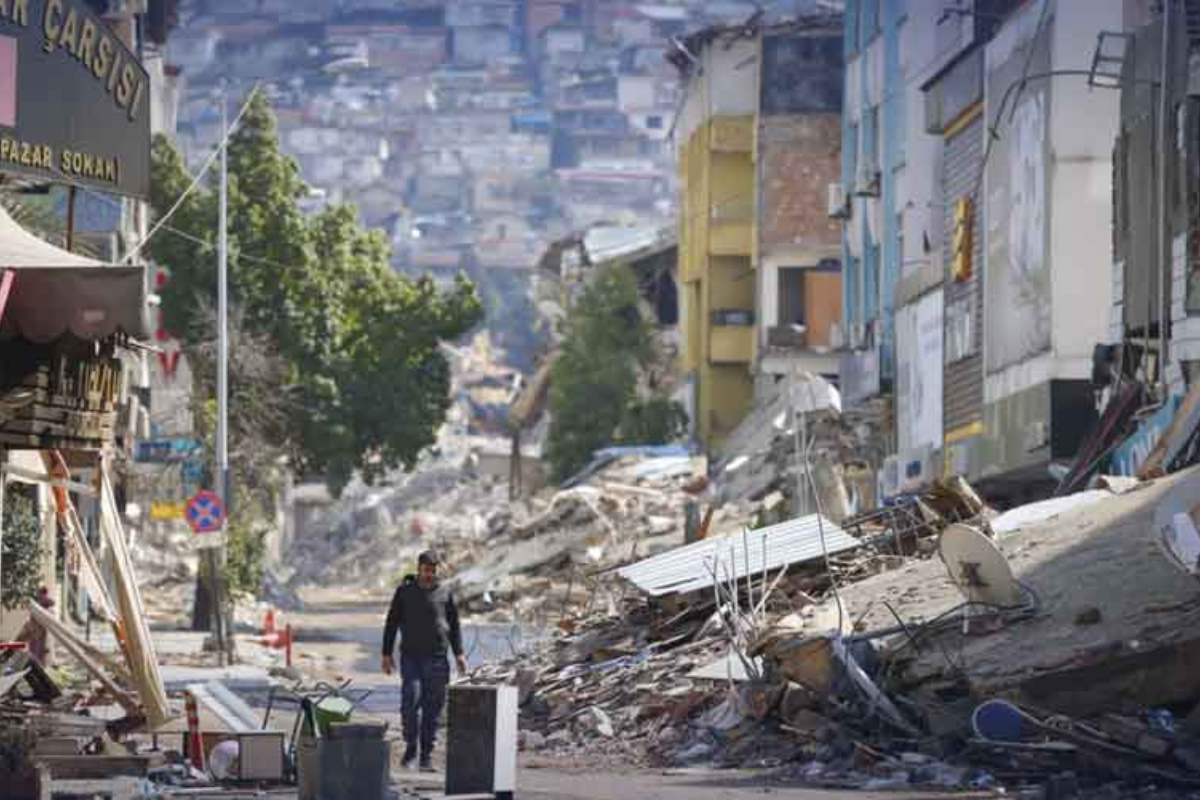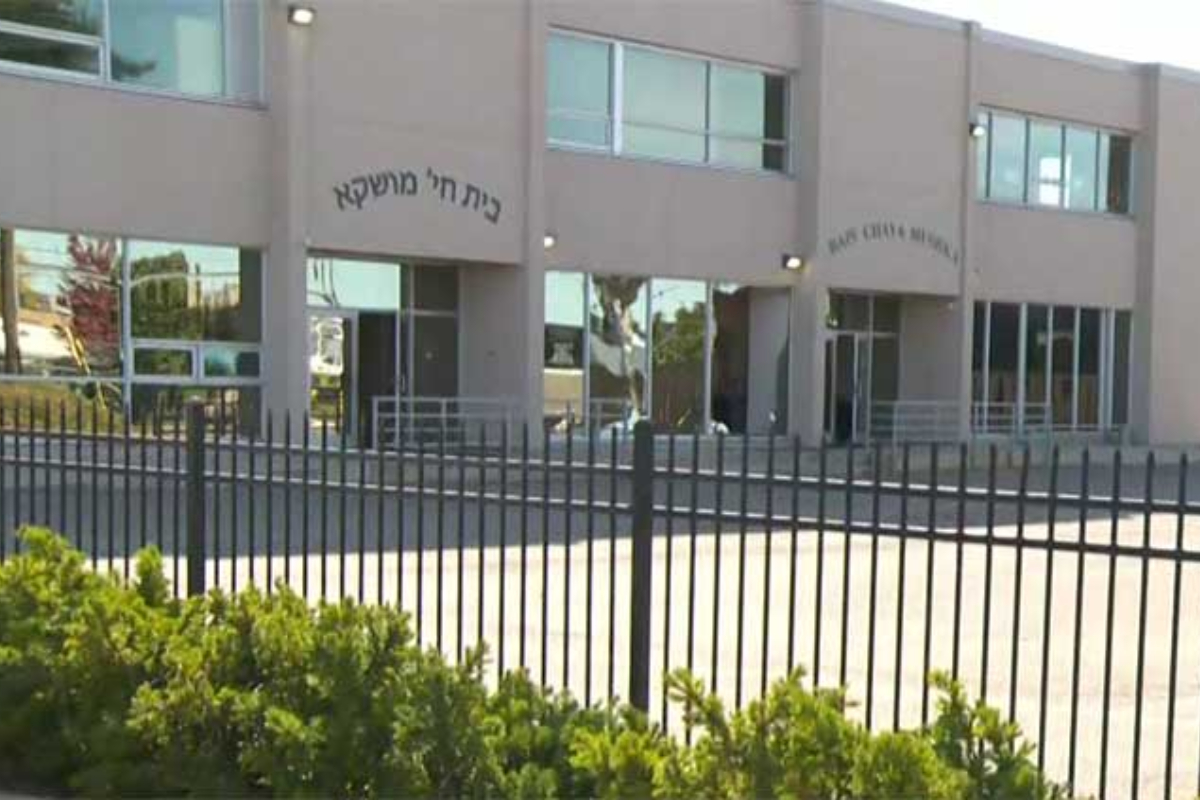- The US Senate has asked the UN to investigate a network of covert Iranian torture facilities.
- After a report showed that Iran was willing to torture its own people.
- In order to put an end to unrest.
A group of US senators has asked the UN to look into a network of covert Iranian torture facilities that were uncovered by a reputed media outlet report last month.
According to the US Senate Foreign Relations Committee, the CNN report, which exposed a vast network of secret detention facilities used by the Iranian regime to brutally subdue protesters, showed that Iran was willing to torture its own people in order to put an end to unrest.
“The discovery of these secret jails is the latest example of the cruelty of the Iranian regime. The international community needs to hold Tehran accountable for torturing its own citizens,” read a tweet posted by the official account of the Senate Foreign Relations Committee, linking to the CNN report. It said the revelations should be investigated by the United Nations Human Rights Council’s fact-finding mission on Iran.
The UN Human Rights Council (UNHRC) began an impartial investigation into Iran’s crackdown on a nationwide revolt in November that had been sparked by the murder in custody of Mahsa Amini, a 22-year-old Kurdish-Iranian woman, in September. The mission’s goal is to gather proof of wrongdoing in the protesters’ suppression.
This year, a Syrian ex-colonel was tried for crimes against humanity in Germany based on the results of an investigation by a commission on Syria created by the UNHRC.
Around thirty underground jails, or “black sites,” many of which were unregistered and ran inside of government or Iranian Revolutionary Guard Corps (IRGC) institutions, were identified in a report by CNN’s international investigative unit that was published in late February.
CNN discovered that the use of the black sites, which exist outside of Iranian due process, was unprecedented in scope after gathering testimony from over two dozen Iranian lawyers and black site survivors.
These testimony include descriptions of the most brutal forms of torture, including electricity, nail removal, lashings and beatings that left scars and shattered limbs, as well as sexual abuse.
The findings portray a picture of a state using torture on a large scale to put down an uprising that had presented the clerical elite with their worst domestic challenge in decades.
[embedpost slug=”conflicts-follows-demonstrations-at-the-grave-of-mahsa-amini-in-iran/”]

